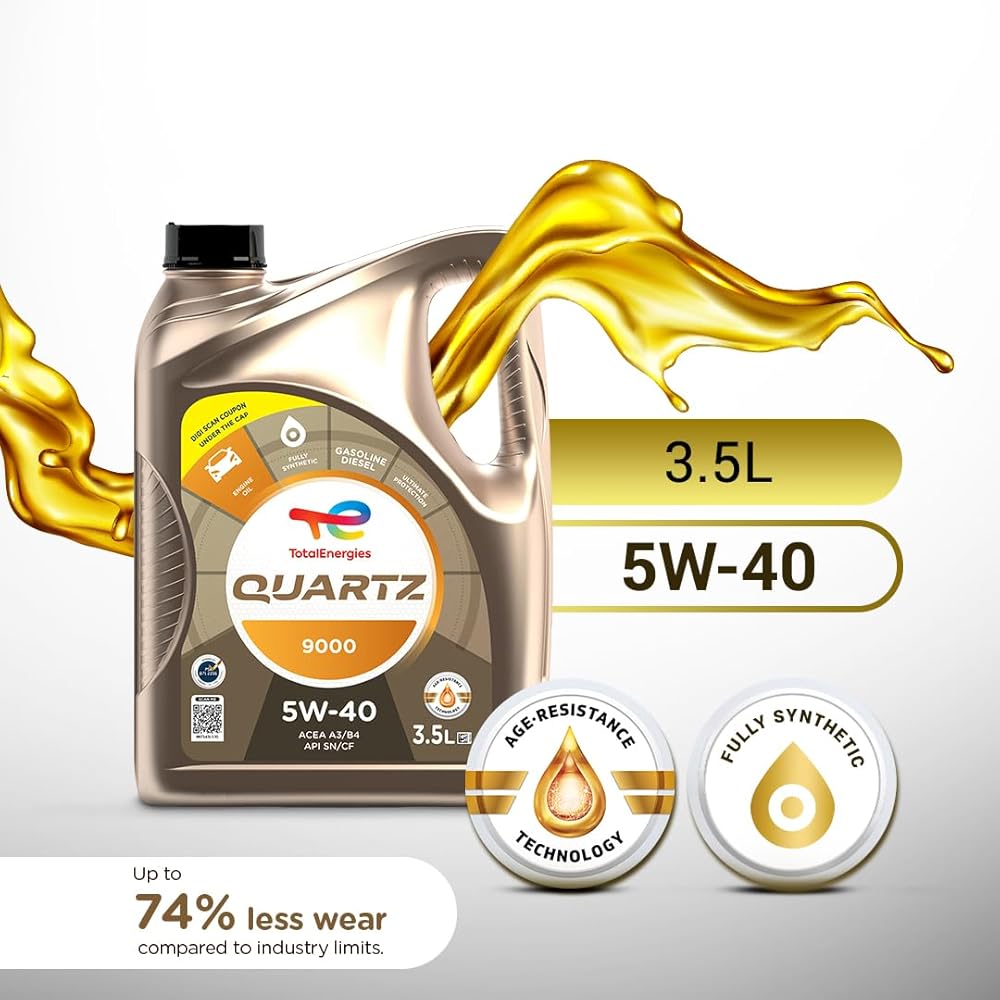Choosing the right lubricant for your vehicle is more important than most drivers realize. The oil you use doesn’t just keep your engine moving — it protects it, cleans it, reduces wear, and helps it last longer. But with so many options out there, it’s easy to feel confused.
This guide will help you make the right choice, whether you drive a car, motorcycle, truck, or even a marine vessel.
Why Lubricants Matter
Lubricants do much more than just reduce friction.
The right oil:
- Keeps your engine cool
- Prevents rust and corrosion
- Protects against wear and tear
- Cleans the engine by carrying away dirt and deposits
Using the wrong oil can lead to poor fuel efficiency, engine damage, and unexpected breakdowns.
Step 1: Know Your Vehicle Type
The first step is simple — what are you driving?
Passenger cars, trucks, motorcycles, marine engines, and heavy machinery all have unique lubricant needs.
For example:
- Passenger cars often require lighter, fuel-efficient oils.
- Trucks and buses need heavy-duty diesel oils.
- Motorcycles and tricycles require oils designed for smaller engines.
- Marine engines rely on specialized marine oils to handle the demands of water-based operations.
Make sure the oil you choose matches your vehicle type.
Step 2: Check Your Vehicle’s Manual
Your vehicle’s manufacturer knows exactly what your engine needs.
In your owner’s manual, you’ll find:
- The right oil viscosity, like 5W-30 or 20W-50.
- The right oil grade and approval, such as API SN or ACEA standards.
Example:
If you drive a Toyota Corolla, it might require 5W-30 fully synthetic oil. If you drive a commercial truck, you may need 15W-40 heavy-duty diesel oil.
Don’t guess — always follow the manual’s recommendation.
Step 3: Understand Oil Viscosity
Viscosity refers to how thick or thin the oil is.
- Low-viscosity oils like 0W-20 or 5W-30 flow easily and are perfect for modern engines and cold climates.
- High-viscosity oils like 20W-50 are thicker and better for older engines or hot environments.
For example:
Omenka’s QUARTZ 9000 FUTURE GF6 0W-20 is ideal for modern cars that prioritize fuel savings and smooth engine operation.
On the other hand, QUARTZ 5000 20W-50 SL is great for high-heat conditions and older engines.
Step 4: Choose Between Synthetic and Mineral Oils
Synthetic oils offer better performance, handle extreme temperatures, and last longer between oil changes. They’re usually recommended for newer vehicles.
Mineral oils are basic engine oils that cost less but need to be changed more often. They’re suitable for older vehicles or low-intensity driving.
If you want the best protection and performance, synthetic oils are worth the investment.
Step 5: Consider Your Driving Conditions
Your driving habits matter when choosing oil.
- If you do a lot of stop-and-go city driving, you need a lubricant with strong wear protection.
- If you drive long distances on highways, you’ll benefit from low-viscosity, fuel-efficient oils.
- If you drive in dusty, rough, or off-road conditions, your engine needs oils with extra cleaning and protection power.
For example:
Omenka’s RUBIA WORKS 1000 15W-40 is perfect for dusty roads, heavy loads, and off-road vehicles.
Step 6: Ask an Expert
When you’re unsure, talk to a trusted lubricant advisor or your mechanic. They can recommend the best oil based on your engine type, vehicle age, and driving style.
At Omenka Industries, our team is always ready to guide you in selecting the perfect lubricant from our wide range of TotalEnergies products.
Quick Tips:
- Always buy from verified dealers to avoid fake oils.
- Read the oil label carefully for quality certifications.
- Don’t skip your recommended oil change schedule.
Why Our Lubricants Are Your Best Choice
At Omenka Industries, we offer high-performance lubricants for:
- Passenger cars
- Trucks and heavy-duty vehicles
- Motorcycles and tricycles
- Marine engines
- Hydraulic systems
Our partnership with TotalEnergies guarantees you’re getting trusted, world-class products that protect your engine and keep it running smoothly.
Final Thoughts
Choosing the right lubricant isn’t complicated if you follow the right steps:
- Know your vehicle
- Check your manual
- Understand viscosity
- Match your oil to your driving habits
- Get expert advice
Taking the time to make the right oil choice is an investment in your vehicle’s health and long life.


